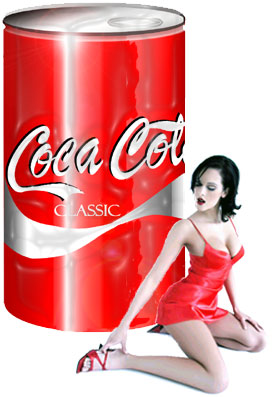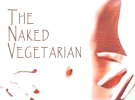Bush reverses environmental nod to high-speed rail system

An environmental alliance has formed, it was announced today, behind Florida's quest to create a high-speed rail system for the tourist-centric state. Calling themselves the "Rail Truth", the PAC organized in order to oppose Amendment 6, repealing the year 2000 passage of a bill which proposed to spend $17-billion on the so called "Bullet Train", a mass transit system which, according to environmentalists, would be a boon to the environment and to wildlife protection throughout Florida's beleaguered ecosystem.
Originally drafted by Orlando lawyer David Cardwell and supported by Florida Governor Jeb Bush, the Bullet Train was expected to reduce the impact on the environment of steadily increasing pressure to build more roadways and turnpikes.
Governor Bush, reversing his position and with the compliance of State CFO Tom Gallagher, intends to lead a campaign to pass amendment 6, which would repeal the 2000 legislation saying the construction of a high-speed rail system would jeopardize the State's economy.
Millionaire C.C. "Doc" Dockery, who supported original legislation to build the system has contributed $150,000 in the cause to save it. The alliance of Florida's Audubon Society, the Sierra Club, Defenders of Wildlife, Florida Conservation Alliance and Florida's AFL-CIO plan to work through the November elections and secure a future for the proposed rail system, hoping to spare Florida's fragile environment from further abuse at the hand of road construction interests.

 The International Space Station, Virgin Galactic's announcement that they will offer regular flights for tourists, proposed colonies on the Moon and Mars are all the buzz for this year’s
The International Space Station, Virgin Galactic's announcement that they will offer regular flights for tourists, proposed colonies on the Moon and Mars are all the buzz for this year’s 


 Since its founding, the Coca-Cola Company had global ambitions. In 1906 Coca-Cola opened its first operation outside the United States when it launched a bottling company in Cuba. Shortly thereafter soda fountains and bottling operations were instituted in Canada, Germany, Hawaii, the Philippines, Bermuda, Mexico, France and the United Kingdom.
Since its founding, the Coca-Cola Company had global ambitions. In 1906 Coca-Cola opened its first operation outside the United States when it launched a bottling company in Cuba. Shortly thereafter soda fountains and bottling operations were instituted in Canada, Germany, Hawaii, the Philippines, Bermuda, Mexico, France and the United Kingdom.










